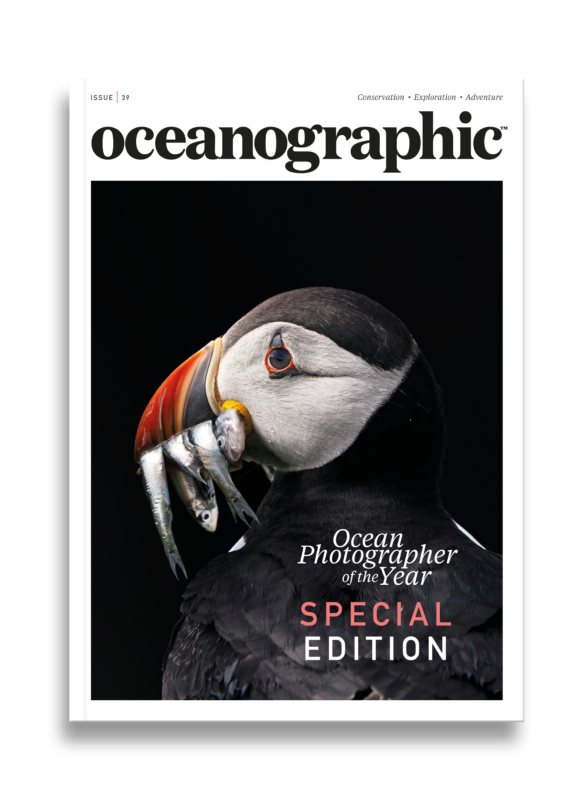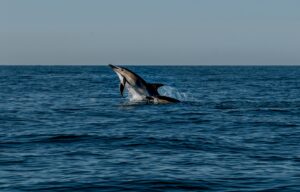Australia's $10m protection fund "not enough to save Barrier Reef"
While groups have welcomed the promise of a $10 million investment into the protection, promotion, and education on the Great Barrier Reef, they've been quick to stress it will come to nothing without action to cut emissions and improve water quality across Australia.
Conservationists across Australia have warned that a $10 million government promise to protect and promote the Great Barrier Reef won’t be enough to avert an ecological disaster if calls to reduce greenhouse emissions, improve local water quality, and end fossil fuel expansion throughout the country are not also met.
Last week, Australia’s prime minister, Anthony Albanese announced a multi-million-dollar funding package to ‘help secure the Reef’s future’ in which a $6 million-pledge for a new ‘Kids for the Reef’ school programme to subsidise trips to the reef and help students gain an understanding of its cultural and environmental importance, was included.
It’s hoped by the government that in facilitated more of these trips to the Reef for school children, a generation of ocean and barrier reef ambassadors will be fostered.
While the promise has been welcomed by Australians, campaigners at the Australian Marine Conservation Society (AMCS) have been quick to stress that alone “education will be insufficient” in securing the Reef’s future and that “bigger and bolder commitments” are needed.
These include taking steps to alleviate the growing pressures the Great Barrier Reef currently faces from factors such as warming oceans, coral bleaching, and poor water quality – all of which is driven by climate change and pollution.
Dr Lissa Schindler, a Great Barrier Reef campaign manager at AMCS, said: “We support efforts to educate and inspire young Australians, but the Reef also needs strong, science-backed policies to cut emissions, improve water quality, and end fossil fuel expansion. We can’t inspire the next generation to care for the Reef while failing to protect it ourselves.”
Australia’s Great Barrier Reef is currently facing its fifth coral bleaching event, with reefs in the north and far northern sections seemingly the worst affected. This follows hot on the heels of a mass bleaching event only last year – the most severe and widespread event on record.

Earlier this year, conservationists were left demanding “the strongest response from government” when footage capturing the extent of a coral bleaching event across Ningaloo Reef – caused by a marine heatwave moving its way down the West Australia coastline, left many in shock at the damage caused.
Since then, groups – including the Australian Marine Conservation Society – have been calling on the government for an emergency response plan in response to events that “push the reefs beyond their limits.” This includes quickly deploying resources and fast-tracking recovery efforts to give damaged reefs the best chance of bouncing back.
“We owe kids more than a field trip; we owe them a future where the Reef still exists,” said Dr Schindler.
“But the number one thing the government must do is adopt reef-safe climate policies. That means cutting climate pollution by 90% by 2035 and stopping approvals for new fossil fuel projects. Without tackling the root cause of the problem, the Reef’s long-term health and resilience are seriously jeopardised.”
The Great Barrier Reef plays a crucial role in the Australian economy, an aspect that has suffered the impact of recent bleaching events.
“Tourism operators in Cairns, Port Douglas, Cooktown, and Lizard Island are watching their livelihoods being impacted by climate change year after year,” said AMCS Great Barrier Reef community campaigner, Tanya Murphy.
“This is the sixth consecutive year of bleaching on Lizard Island. In some areas, bleaching is occurring every year – decades ahead of scientific predictions. Australia’s own Reef Outlook Report clearly states that “only the strongest and fastest possible actions to decrease global greenhouse gas emissions” will protect our reef and multi-billion dollar tourism industry.”


"*" indicates required fields
Printed editions
Current issue
Back issues

Current Issue
Issue 41 Holdfast to the canopy

Back Issues
Issue 39 Special Edition: OPY2024
Enjoy so much more from Oceanographic Magazine by becoming a subscriber.
A range of subscription options are available.








